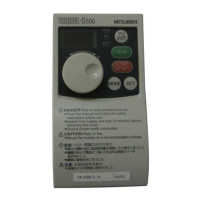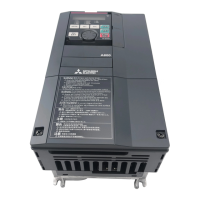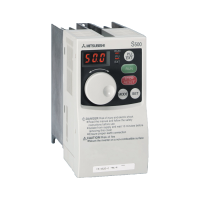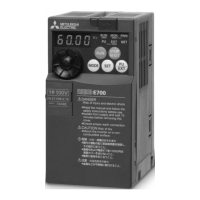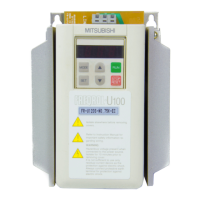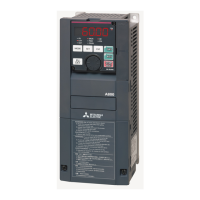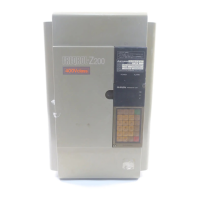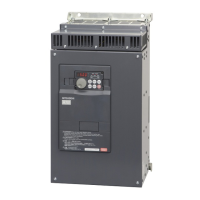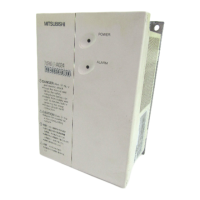PROTOCOL-SPECIFIC INFORMATION
Input: The Input is the collection of monitor data that is produced by the interface card and is
received as an input to the PLC. Its structure is defined by the Produced Data Configuration as
described in section 9.2.4. The Input Size must be set to the number of 16-bit function codes that
we wish to receive from the interface card. For the purposes of this example, we are assuming that
the default produced data word configuration, with 2 relevant registers (1 and 2). We therefore set
the Input Size to 2 Words.
Output: The Output is the collection of command & configuration data that is sent as an output
from the PLC and consumed by the interface card. Its structure is defined by the Consumed Data
Configuration as described in section
9.2.4. The Output Size must be set to the number of 16-bit
function codes that we wish to send to the interface card. For the purposes of this example, we are
assuming that the default consumed data word configuration, with 2 relevant registers (100 and
201). We therefore set the Output Size to 2 Words.
When done, click “OK”.
4) Switch to online mode and download the project to the PLC. Verify that the newly-added inverter is
available and operating correctly by observing any indications shown on the inverter’s icon. When
the inverter’s icon is selected, its status and any available error messages will be displayed in the
area below the project tree. Also confirm that the interface card’s “Network Status” LED should be
solid green, indicating an “online/connected” state.
5) By double-clicking “Controller Tags” in the project tree, it is possible to view the newly-added tags.
The Interface_Card:I tag allows viewing of the input data, and the Interface_Card:O tag allows
modification of the output data. These tags will be synchronized with the inverter at whatever rate
was established for the module’s RPI. We can directly interact with these tags in order to control
and monitor the inverter.
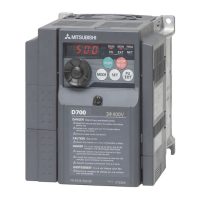
